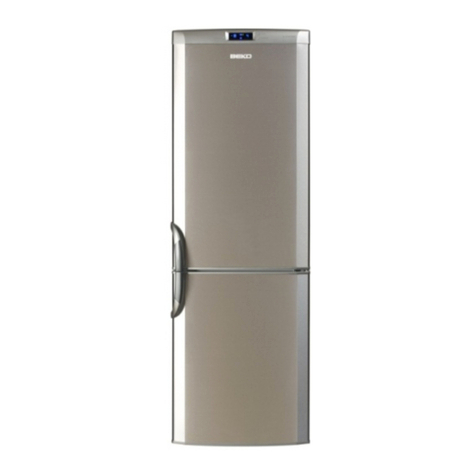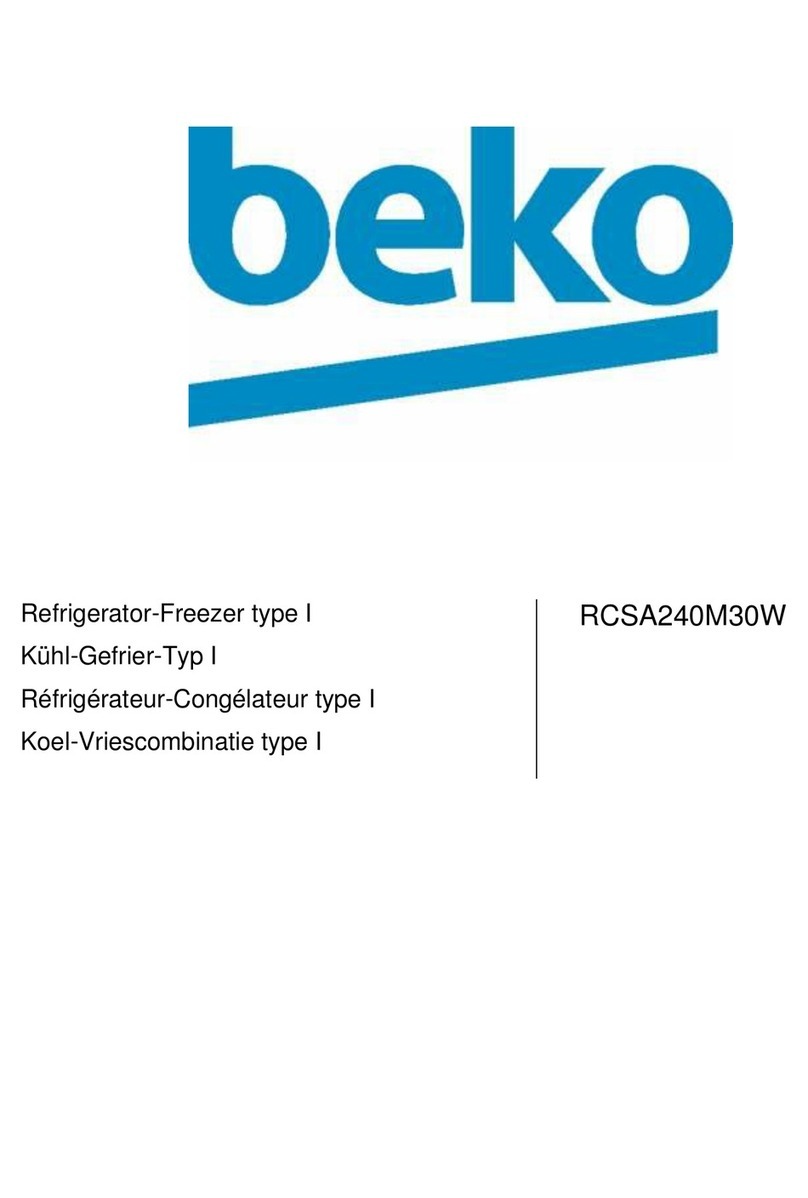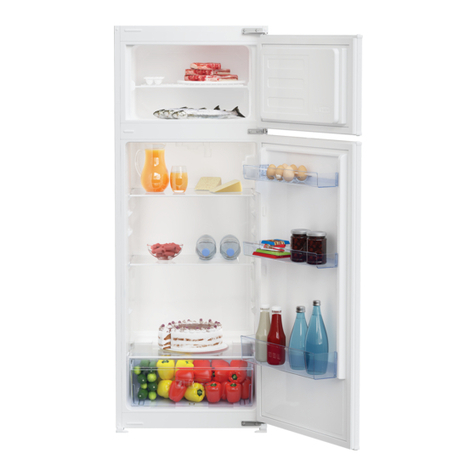Beko DS145120 User manual
Other Beko Refrigerator manuals

Beko
Beko GN163242XBN User manual

Beko
Beko TFF 546APS Assembly instructions

Beko
Beko TF546APW User manual

Beko
Beko RDSE465K31W User manual
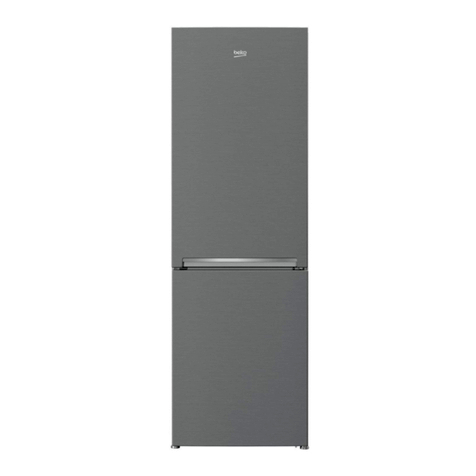
Beko
Beko RCNA320K20PT Instruction Manual
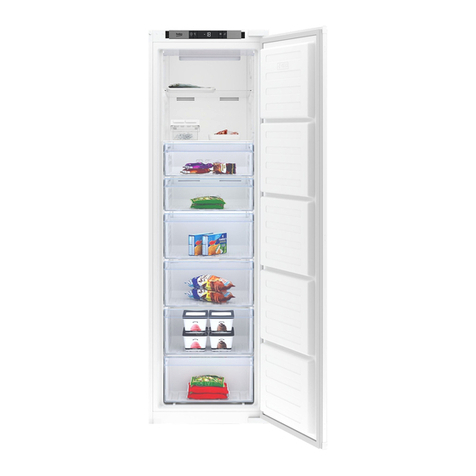
Beko
Beko BFFD3577 User manual
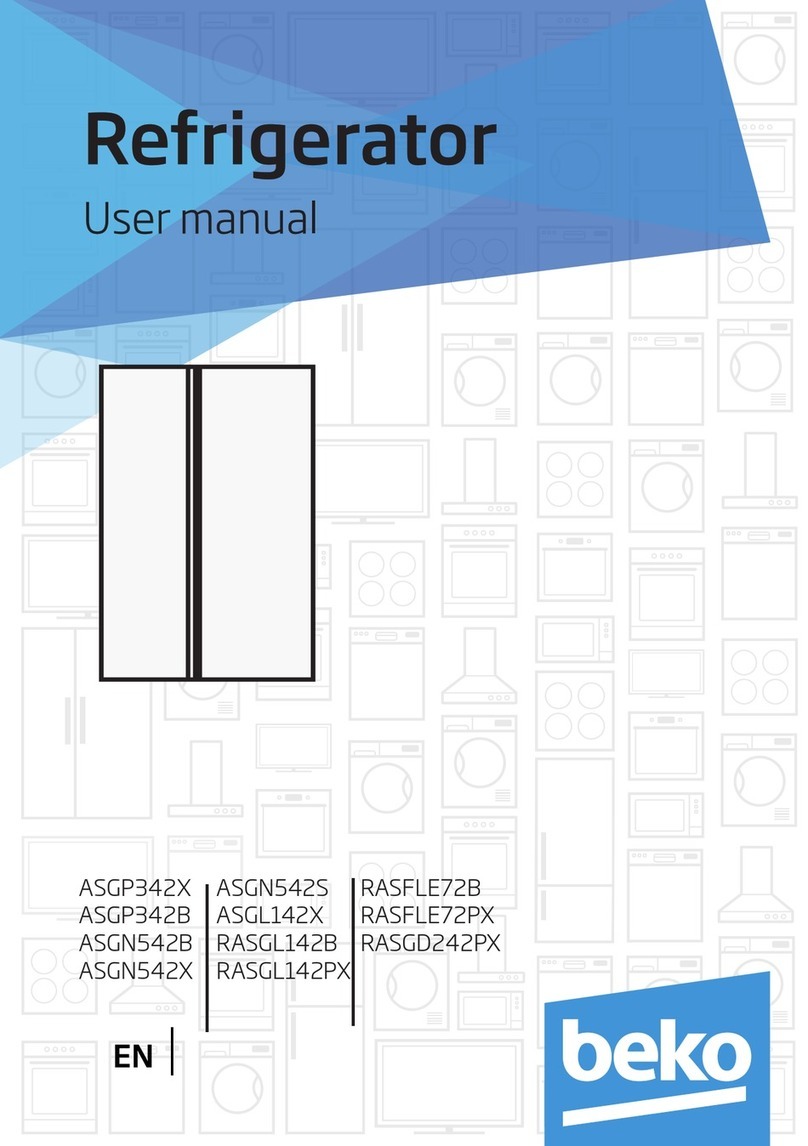
Beko
Beko RASFLE72B User manual

Beko
Beko B 1901 User manual

Beko
Beko CN158230X User manual

Beko
Beko GN 162433 ZX User manual
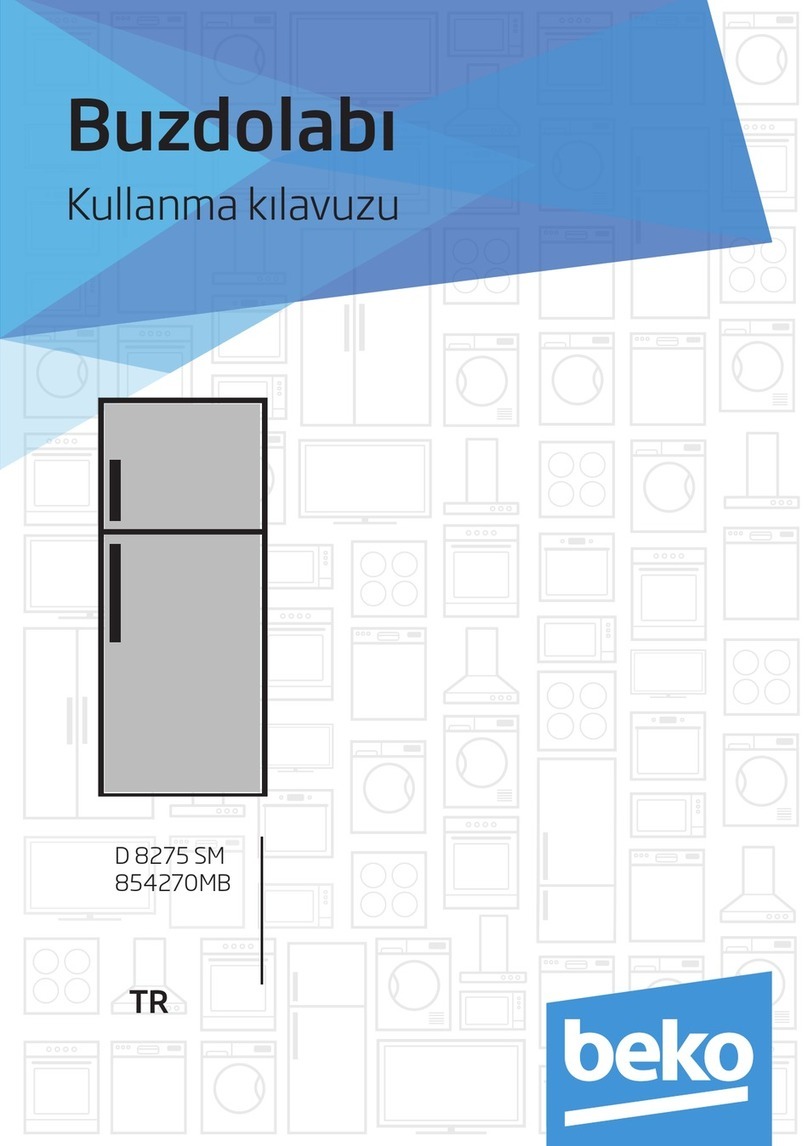
Beko
Beko D 8275 SM User manual

Beko
Beko 970475EB User manual
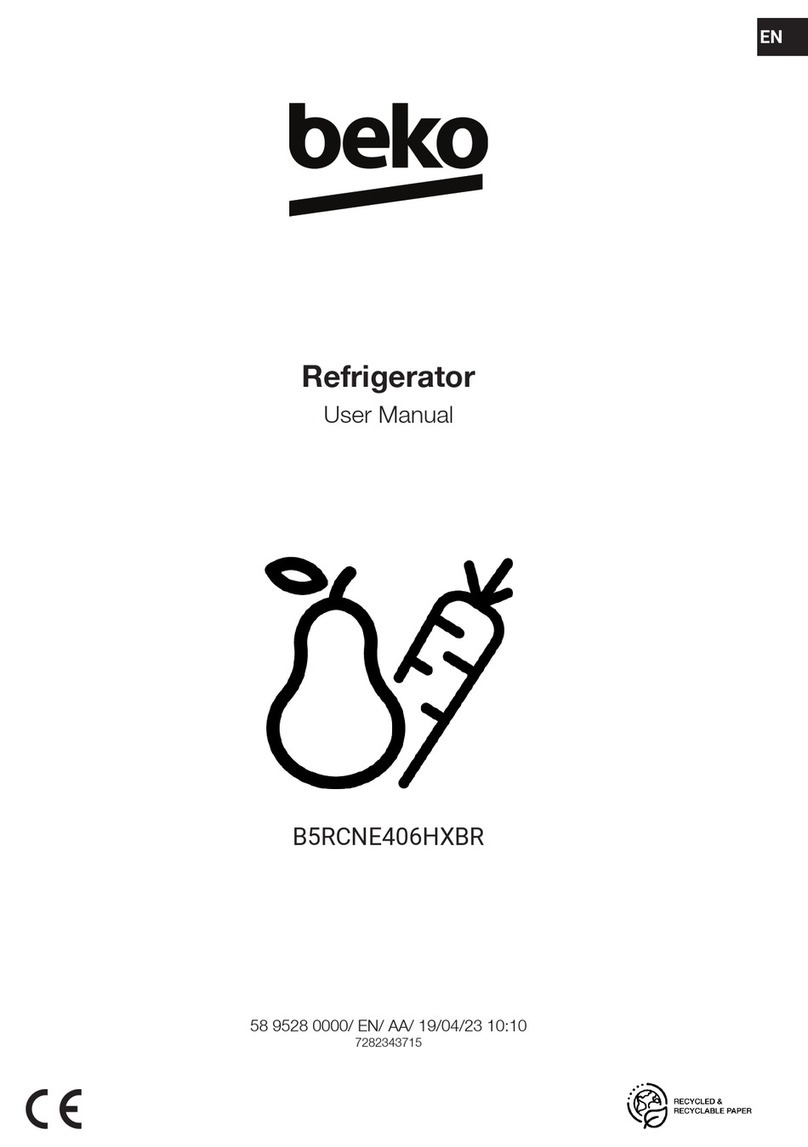
Beko
Beko B5RCNE406HXBR User manual
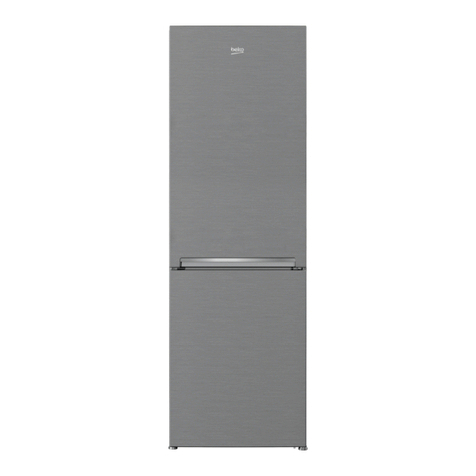
Beko
Beko RCHE365K20W User manual

Beko
Beko CN240220 User manual

Beko
Beko RCNA340K30ZX User manual
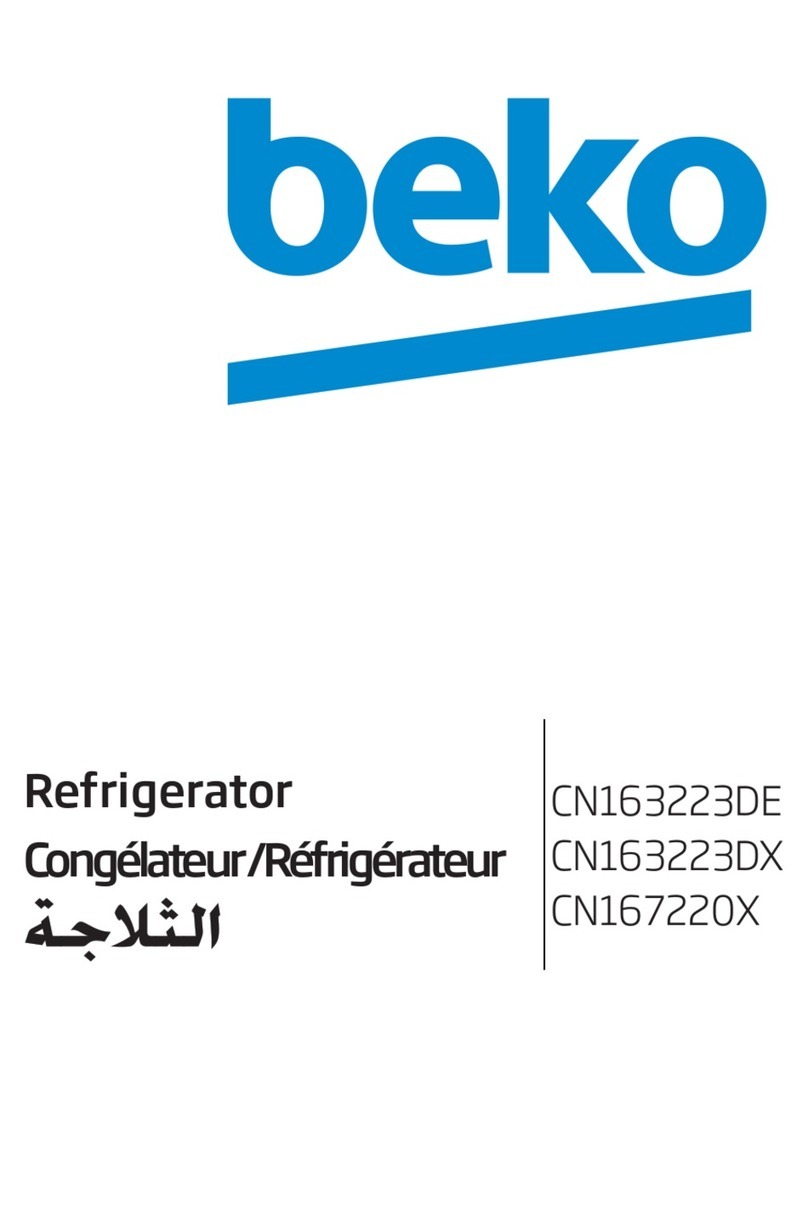
Beko
Beko CN163223DE User manual
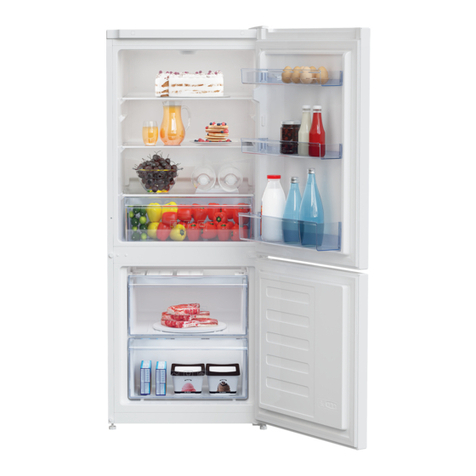
Beko
Beko RCSA210K30W User manual

Beko
Beko B3RCNE594HXB User manual

Beko
Beko DNE 27001 KL User manual

